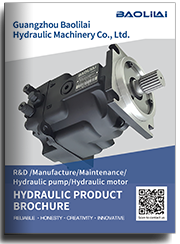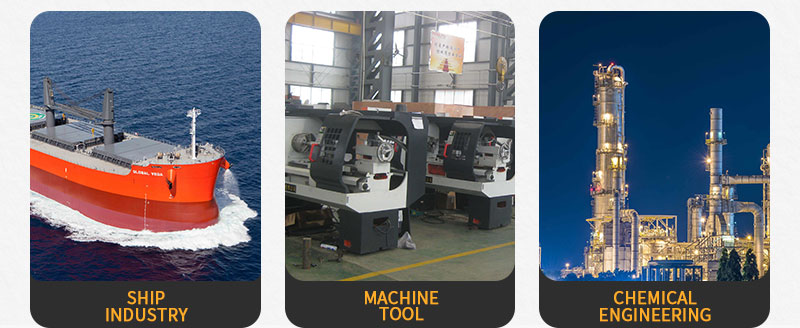FRL074BRP2120NNN3S1A2A1NNNNNNNNNN hydraulic pump
FRL074BRP2120NNN3S1A2A1NNNNNNNNNN hydraulic pump

- Product Details
- Applicable Scene
The field of hydraulic systems has undergone significant transformation over the years, largely influenced by technological advancements and the growing demand for efficiency and sustainability. One of the key players in this evolution is Danfoss, a company renowned for its innovations in hydraulic pump design. This article explores the evolution of hydraulic pump design through the lens of Danfoss’s contributions, highlighting how these innovations have shaped the industry.
FR-L-074B-RP-21-20-NN-N-3-S1A2-A1N-NNN-NNN-NNN
FRL074BRP2120NNN3S1A2A1NNNNNNNNNN
Historically, hydraulic pumps were primarily designed for basic functionality—moving fluid from one point to another. However, as industries evolved, there was a shift towards creating more efficient, reliable, and compact systems. Early designs primarily focused on mechanical efficiency, often neglecting aspects such as energy consumption and environmental impact. As a result, the need for more sophisticated engineering solutions became evident.

83003276
Danfoss emerged as a pioneer in addressing these challenges. The introduction of variable displacement pumps marked a significant turning point in hydraulic technology. Unlike fixed displacement pumps, variable displacement pumps adjust the amount of fluid output based on operational demands, allowing for improved energy efficiency. This innovation not only reduced energy consumption but also minimized wear and tear on systems, extending their lifespan.
In recent years, Danfoss has further advanced hydraulic pump technology by integrating electronic controls. These smart pumps can communicate with other system components, enabling real-time adjustments based on load conditions. This dynamic responsiveness enhances system performance and reduces energy waste, aligning with global sustainability goals.
One of the most notable innovations by Danfoss is the use of advanced materials and manufacturing techniques. By incorporating lightweight, high-strength materials, Danfoss pumps are now more compact and easier to install while maintaining high-performance standards. Moreover, the use of advanced simulation tools in the design process allows for optimization before physical prototypes are created, significantly reducing development time and costs.





